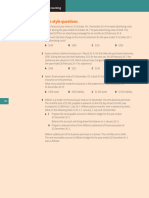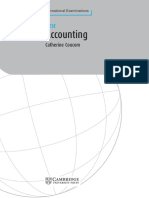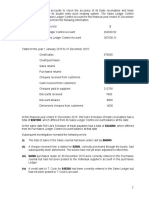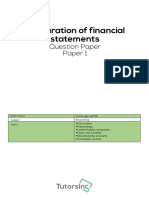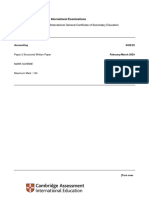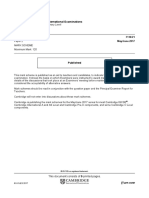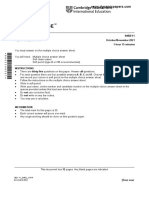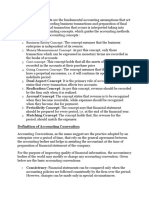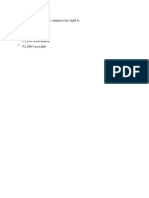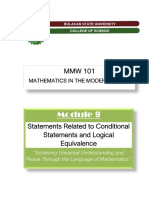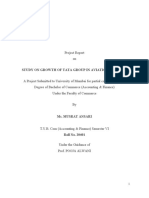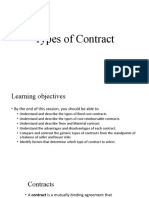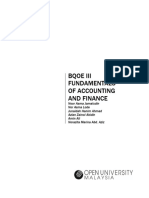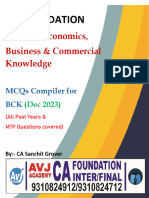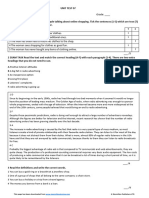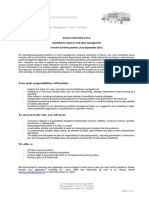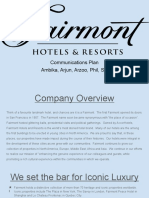100% found this document useful (2 votes)
1K views4 pagesMind Map of Accounting Elements
The document contains concept maps explaining key accounting elements - assets, liabilities, owner's equity, income, and expenses. Assets are resources owned by a firm and include current assets, which can be converted to cash within a year, and non-current assets, which cannot. Liabilities are obligations that will be settled in the future, consisting of current and non-current amounts. Owner's equity represents the owner's claim and includes capital and drawings. Income increases equity through revenue and gains, such as service revenue. Expenses decrease equity and include salaries, interest, rent, and utilities expenses.
Uploaded by
Sapphire Au MartinCopyright
© © All Rights Reserved
We take content rights seriously. If you suspect this is your content, claim it here.
Available Formats
Download as DOCX, PDF, TXT or read online on Scribd
100% found this document useful (2 votes)
1K views4 pagesMind Map of Accounting Elements
The document contains concept maps explaining key accounting elements - assets, liabilities, owner's equity, income, and expenses. Assets are resources owned by a firm and include current assets, which can be converted to cash within a year, and non-current assets, which cannot. Liabilities are obligations that will be settled in the future, consisting of current and non-current amounts. Owner's equity represents the owner's claim and includes capital and drawings. Income increases equity through revenue and gains, such as service revenue. Expenses decrease equity and include salaries, interest, rent, and utilities expenses.
Uploaded by
Sapphire Au MartinCopyright
© © All Rights Reserved
We take content rights seriously. If you suspect this is your content, claim it here.
Available Formats
Download as DOCX, PDF, TXT or read online on Scribd
/ 4

